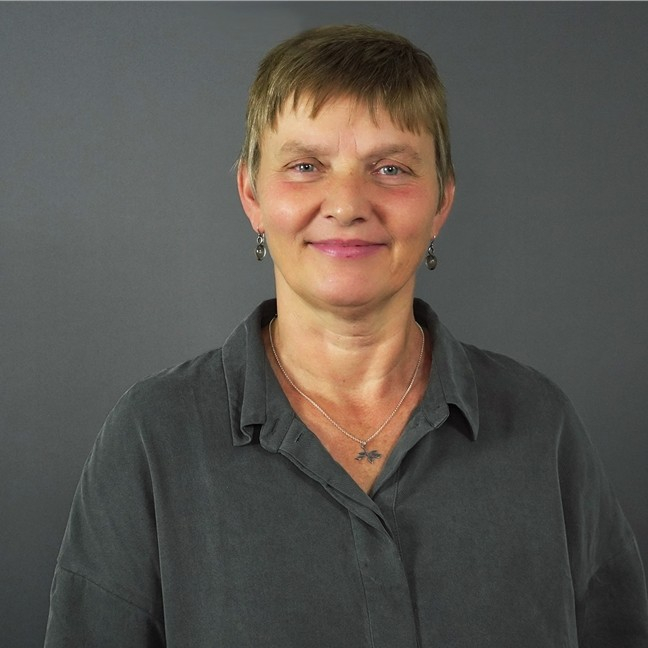Publikasjonsdetaljer
- Journal: Mathematical Geosciences, vol. 46, p. 205–225, 2013
- Utgiver: Springer
-
Internasjonale standardnumre:
- Trykt: 1874-8961
- Elektronisk: 1874-8953
- Lenke:
A multigrid Markov mesh model for geological facies is formulated by defining a hierarchy of nested grids and defining a Markov mesh model for each of these grids. The facies probabilities in the Markov mesh models are formulated as generalized linear models that combine functions of the grid values in a sequential neighborhood. The parameters in the generalized linear model for each grid are estimated from the training image. During simulation, the coarse patterns are first laid out, and by simulating increasingly finer grids we are able to recreate patterns at different scales. The method is applied to several tests cases and results are compared to the training image and the results of a commercially available snesim algorithm. In each test case, simulation results are compared qualitatively by visual inspection, and quantitatively by using volume fractions, and an upscaled permeability tensor. When compared to the training image, the method produces results that only have a few percent deviation from the values of the training image. When compared with the snesim algorithm the results in general have the same quality. The largest computational cost in the multigrid Markov mesh is the estimation of model parameters from the training image. This is of comparable CPU time to that of creating one snesim realization. The simulation of one realization is typically ten times faster than the estimation.


